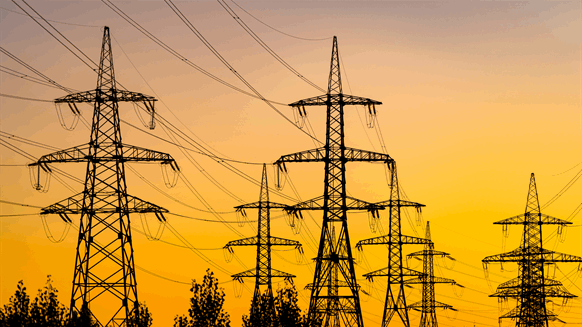Solar and wind generation will continue to increase and supply more than a third of all energy by 2030, up from 12% today, according to a report by RMI, a nonprofit focused on the energy transition.
According to the organization’s forecast, solar and wind could generate between 12,000 and 14,000 terawatt-hours by 2030, which is three to four times more than 2022 levels. The projected levels would also exceed recent calls ahead of the COP28 climate summit to triple total renewable energy by 2030, RMI said.
The RMI also predicts demand for fossil fuels will be in “sharp decline”, declining by up to 30 percent by 2030 from a peak in 2022, as renewable energy becomes more cost-effective.
“Exponential rates of deployment are driving down the prices of renewables a [an] unprecedented rate, making higher-cost hydrocarbons uncompetitive in most markets,” RMI said. The cost of renewable electricity has fallen over the past 10 years, overcoming a key barrier to widespread deployment Solar and battery costs have fallen by 80 percent between 2012 and 2022, while offshore wind costs are down 73 percent and onshore wind costs are down 57 percent, it said. say RMI, citing data from BNEF.
RMI expects renewable energy, which is “already the cheapest form of electricity ever,” to roughly halve the price again by 2030, down to $20 per megawatt-hour (MWh) of over $40 per MWh currently.
“The exponential growth of clean energy is an unstoppable force that will put more purchasing power in consumers’ pockets,” said Kingsmill Bond, senior director of RMI. “The benefit of rapid deployment of renewables is greater energy security and independence, plus long-term energy price deflation because it’s a manufactured technology: the more you install, the cheaper it is.” .
According to the report, the United Nations Global Stocktake, a two-year assessment of the progress of the Paris Agreement, is expected to highlight a large shortfall in the achievement of energy transition goals. The RMI said that “this retrospective assessment ignores the exponential growth of new energy technologies in the largest industries in the fossil fuel system”, as “electricity and road transport account for more than half of the demand of fossil fuels and have reached inflection points in deployment to pave the way for widespread adoption”.
The Paris Agreement is a global climate commitment adopted at the Paris Climate Conference (COP21) in December 2015, with the aim of limiting global warming to well below 2.0 degrees Celsius and pursuing efforts to limit it to 1.5 degrees Celsius. It also aims to strengthen the capacity of countries to deal with the impacts of climate change and support them in their efforts.
The RMI report also highlights the diversity of countries adopting renewable energy, apart from the leaders in Europe and China. Uruguay, Denmark, Lithuania, Namibia, the Netherlands, Palestine, Jordan and Chile have deployed solar and wind generation at “rapid speeds”, showing that “rapid transition can be achieved in many different contexts”, he said. say RMI, citing research from the Systems Change Laboratory.
Denmark, Uruguay and Lithuania have already met the International Energy Agency (IEA) target of increasing wind and solar generation from 12% to 41%, while Namibia, the Netherlands, Palestine, Jordan and Chile have increased solar and wind generation. at “sufficient rates for five years”, the RMI said.
In an earlier report, the IEA said volatility in fossil fuel markets caused by the war between Russia and Ukraine has “accelerated momentum” in clean energy technologies, with annual energy investment growing net for 2023 projected at 24 percent, exceeding 15 percent. increase in 2021.
To contact the author, send an email to rteodoro.editor@outlook.com


